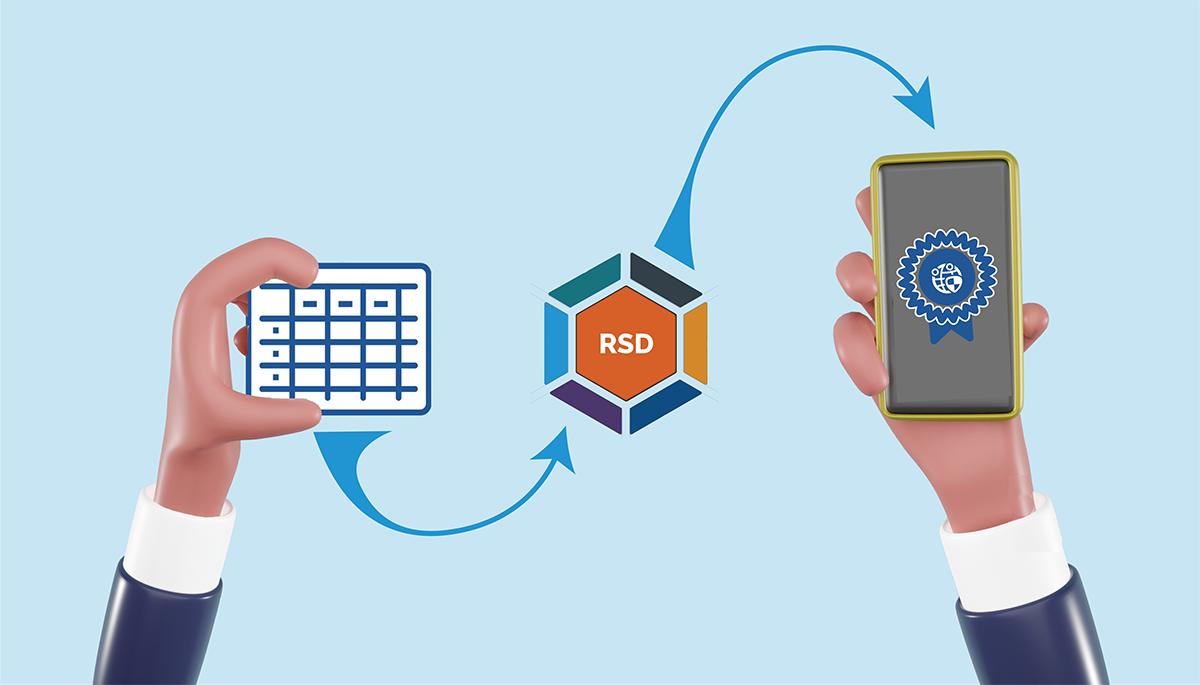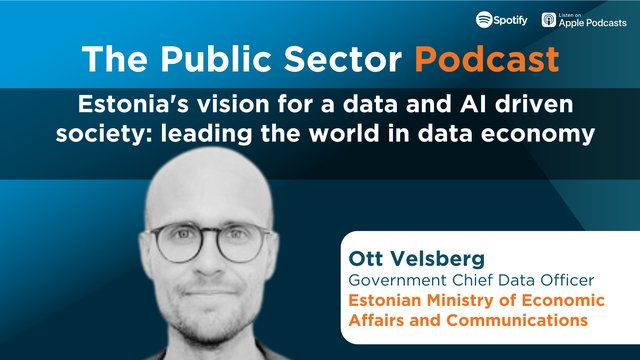

Making the shift to skills starts with a process that many find challenging: surfacing skills that are actually taught and learned through existing courses, and making them visible to educators, learners, and employers. For that to happen we need to move from conceptual discussions to the realm of practical application.
“We’re enthusiastic about the digital badges and credentials,” Van Christman, Associate Academic Vice President for Curriculum at BYU-Idaho told me during a campus visit. “But we’re overwhelmed with where to start.”
The team at BYU-Idaho is not alone. The conversation about the concepts and ideas around digital badges and how they can enhance degrees has been robust, and talk of the skills ecosystem and the need for change has entered mainstream conversations.
Educational institutions need three things to implement change: time, money, and direction.
Government programs, private grants, and other sources of funding are emerging. The Australian government and others are all-in when it comes to skills training. Programs in Europe and worldwide are searching for ways to enhance Personal Evidence Records, revamp the idea of resumes, and build a bridge between educators and employers.
Before we get too far down the track of where we can go, first we need to make a start. So where can we start?
Start With Rich Skill Descriptors (RSDs)
Structuring your data is an easy thing to say, but what does that actually mean in practical terms? Essentially this is the input stage: you identify the skills data already embedded in your curriculum and provide additional context and job-relevant information to turn it into something usable, namely Rich Skill Descriptors (RSDs).
The primary issue institutions of all types face is that if data is input in the wrong format, the process of making it meaningfully accessible is challenging, and most of the time that stops the process. For example, if your skills data is in a PDF format, that means you can easily secure it and make it unalterable. Both of those are important things, but a PDF does not translate to the next step in the process: the machine-readable data required to create digital credentials that can be viewed and shared by learners with prospective employers and others, or stored in a digital wallet. Using RSDs overcomes this issue, by putting skills data in an interoperable format that adheres to the Rich Skills Descriptor specification and provides portability of skills metadata. And implementing RSDs at the curriculum level, sets your skills data up correctly, right from the beginning.
What are rich skill descriptors? They take raw skills data and add meaning and context through the addition of rich metadata. Most importantly, they are both machine and human-readable (the reason PDF files will not work). They show how skills align in a variety of settings. Most importantly, they create a shared language between educators and employers. This brings equity to skills recognition and enables greater learner agency.
The need for this is illustrated by the fractured landscape of credentials. Does a marketing degree earned five years ago equate to that of a more recent graduate? Does a data management credential earned from IBM teach the same skills as a credential from Google or Meta internal programs?
RSDs enable those credentials to be compared in a meaningful way, enabling all stakeholders to ensure that they are comparing apples to apples so to speak.
RSDs are typically managed in a specifically-built library system which provides users with search, author, edit, organise and publish capabilities. A library is useful for a number of reasons:
- There’s no need to invent what already exists. If a skill descriptor that mirrors yours already exists in the library you can simply use that one
- You can create your own RSD if one does not exist that fits your needs. Other skills descriptors in the library can help you understand what information yours should contain
- You can add RSDs to a private directory if you don’t want to share them publicly for whatever reason
- When saved in a searchable RSD library, RSDs can be referenced in your curriculum or assessment rubrics and become the single source of truth for your skills recognition
This is the reason Edalex developed openRSD, a place where you can create, share, and store RSDs and RSD collections that are both locally and globally relevant. The platform is designed to be interoperable with other tools like the Open Skills Management Tool (OSMT) and RSDs created using the openRSD platform can be embedded in open badges.
The RSD library can then be incorporated into Learning Management System (LMS) content, where they align with and enhance artefacts of learning and learning assessments.
Once the input phase is complete, your data is ready to be processed so it can be shared.
From LMS to Personal Evidence Records
To get learner performance data from your LMS to an actual personal evidence record, there is a process. The skills data made visible in your courses can now be aligned with Rich Skill Descriptors and established certifications or frameworks to add deeper meaning and context to the credential. The product of skills data alignment is housed in a skills and competency library from where it can be retrieved and used to create issuable credentials.
Of course, the easiest way to ensure the interoperability (machine and human) of your skills data is to embed RSDs within your skills definitions and automate the process of issuing credentials. That’s exactly what the Edalex platform Credentialate does for you. This engine takes all the data fed into it and creates a personal evidence record, unique to each learner, that contains qualitative and quantitative data as well as links to RSDs, frameworks and artefacts of learning.
What does this personal evidence record look like? Check out the example linked here.
You’ll see the options to verify, which will take you to a digital verification page showing the source of the data in the record. You’ll also see options to print, like a traditional resume, or share the record digitally.
This digital verification is a vital step. The record must be unalterable to remain valid but must be accessible to both learners (for understanding and sharing) and to employers (for skills verification).
The final step then is to send this information to credential exchanges, through which the learner can add it to a digital wallet. But what are they and how do they work?
The Digital Wallet
The final destination for digital credentials is the digital wallet. This is where credentials enter credential exchanges and can be stored by the learner. The very idea of a digital wallet can be confusing until we realise we’re already using them all the time.
Your ‘wallet’ in your Apple Phone, Samsung Pay, or whatever other application you might use often contains credit or debit cards. These cards are unalterable, in that no one can change your card number or details. Those are issued in a ‘credit credential’ by the providing bank. However, you can share this information with a vendor to make a purchase.
Their access is limited by your privacy choices as a user. The vendor does not get unlimited access to your wallet or even to every card (credential) in it. They only get access to what the user grants them access to, and for a limited amount of time.
Digital credentials or badges work the same way. The user is able to transport and share them virtually. They, or the person they share the credential with, cannot alter it but can access the metadata behind it in order to make informed hiring decisions.
And digital wallets have much more in store. Some states in the US are allowing identification and driver’s licences to be added to digital wallets, and more are sure to follow. Soon everything from passports to health records will be accessible digitally.
This is a high-level overview of the skills recognition learn-to-earn process. Each step is made up of several smaller steps that must be completed along the way, and require data to be shared in an interoperable format. Each of these deserves its own close examination.
Fortunately, there is help available. No matter where you are on this journey, Edalex can be your partner in getting from where you are now to where you want to go. From using openRSD to structure your data and surface skills in your curriculum to implementing the power of Credentialate and personal evidence records, we’re here to help you every step of the way.
Connect with us
As the world’s first Credential Evidence Platform, Credentialate helps you discover and share evidence of workplace skills. It creates a highly interoperable skills infrastructure that connects, collates and creates order from chaotic or dark data. It identifies skills in the curriculum, maps them to globally recognised skill definitions and aligns to frameworks. Institutions can manage and track skills attainment across the institution, against frameworks and see where improvements can be made. For each learner, a personal evidence record is created – as unique as every learners’ journey. Rich skills information, qualitative and quantitative performance data and links to artefacts of learning are baked into a verifiable digital badge that can be shared. This gives learners the confidence to speak to their strengths, the evidence to prove it and boosts their employability by sending a ‘ready-to-hire’ signal.
If you’d like to learn more about Credentialate, we invite you to Learn More or Schedule a Demo.
Published by
About our partner

Edalex
Edalex is an EdTech company powering your single source of truth for skills and learning data. Founded in 2016, Edalex develops technology solutions that extract hidden value from educational data to make it accessible and more meaningful. Edalex brings together the team behind the CODiE award-winning openEQUELLA open source platform that centrally houses teaching and learning, research, media and library content.In 2019, Edalex launched Credentialate, the world’s first Credential Evidence Platform, that helps discover and share evidence of workplace skills. Credentialate creates order from chaotic data, provides meaningful insight through framework alignment and equips each learner with unique, rich, industry-aligned evidence of their skills and competencies. Credentialate has continued to evolve at an accelerated pace, informed in partnership with educators and industry leaders from around the world.openRSD was released by Edalex in 2022 to help create, store and share rich skill descriptors (RSDs) and RSD collections. openRSD uses Edalex’s open source technology stack to create locally- and globally-relevant libraries of RSDs that are open to all contributors and consumers. RSDs are the building blocks of a skills-driven labour market. They structure skills data, add context around a particular skill and are both human and machine readable. RSDs bring equity to the learner and the skills ecosystem and provide an even playing field for skills recognition.
Learn more

































